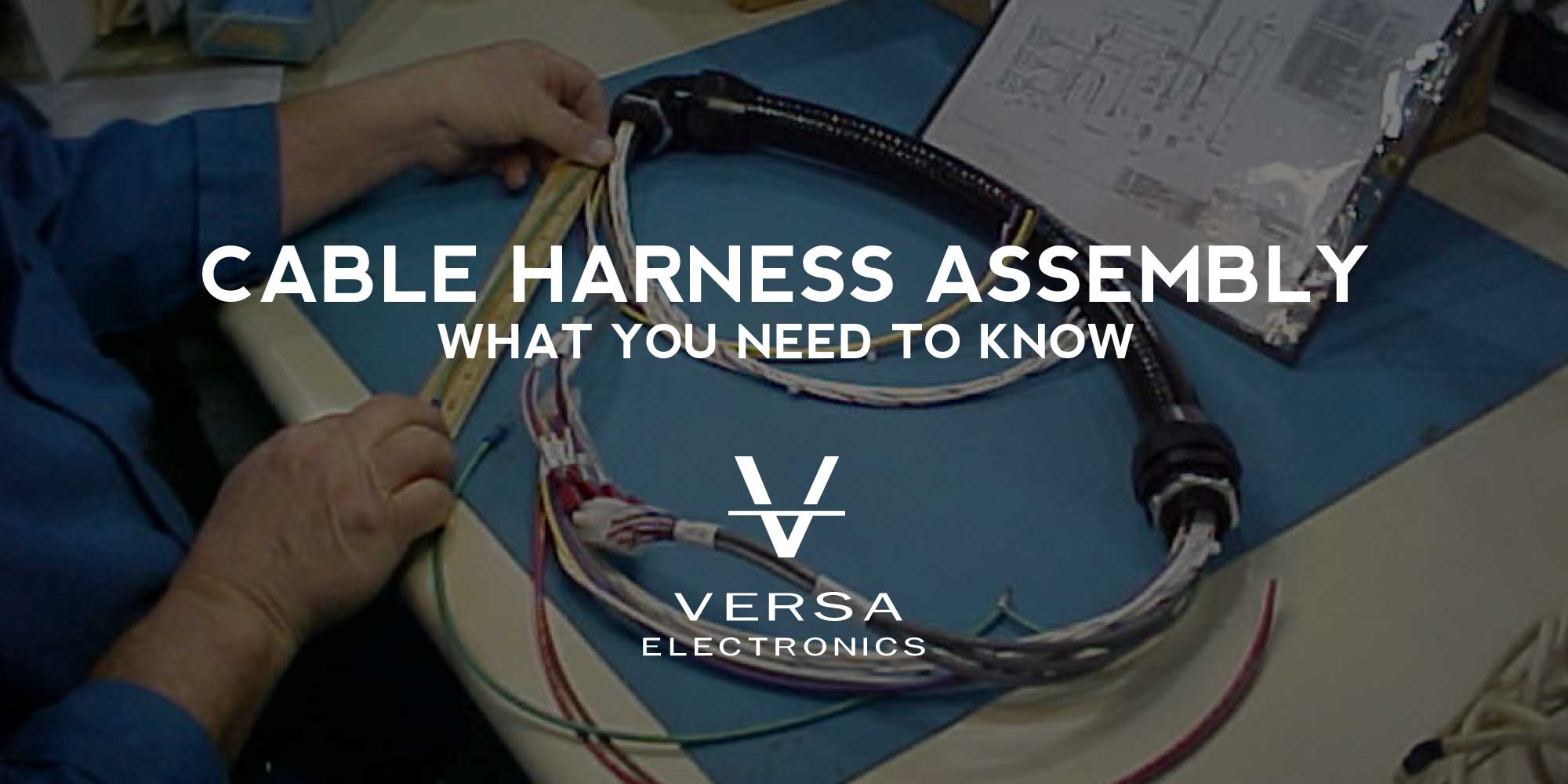Cable harness assembly is a critical aspect of many electrical and electronic systems. Assemblies and harnesses are essential for organizing and protecting wires and cables, ensuring they can effectively transmit signals or electrical power. This article delves into cable harness assembly, exploring harness design, manufacturing processes, and the differences between wire harnesses and cable assemblies.
Table of Contents:
- Harnesses vs Cable Assemblies
- Cable Harness Design and Manufacturing Processes
- Components of Cable Harness Assembly
- Complex Wire Harnesses and Small Batch Sizes
- Geometric and Electrical Requirements
- Conclusion
- References
Harnesses vs Cable Assemblies
There is often confusion between wire harnesses and cable assemblies. While they share similarities, such as organizing and protecting wires and cables, there are key differences.
A wire harness, also known as a cable harness, is a collection of wires, cables, and connectors designed to transmit signals and electrical power within a device or system. These components are bound together to create a single unit, often with the help of cable ties, tubing, or cable lacing.
In contrast, a cable assembly is a group of cables fitted with any required terminals or connector housings. Cable assemblies are more specialized, and designed to connect specific components or devices. It is essential to understand the distinction between harnesses and cable assemblies to ensure you choose the right solution for your application.
Cable Harness Design and Manufacturing Processes
Harness design involves creating a blueprint of how the wires and cables will be arranged within the harness. Designers must consider factors such as the desired length of the wires, the types of connectors used, and any unique requirements based on the application.
The manufacturing processes for harnesses can vary depending on the complexity of the design. Some common steps include:
- Cutting the wires and cables to the desired length
- Stripping the insulation from the wire ends
- Crimping terminals onto the wire ends
- Inserting the terminals into connector housings
- Securing the wires and cables together with cable ties, tubing, or lacing
- Testing the finished cable harness for continuity and functionality
- Components of Cable Harness Assembly
A cable harness assembly typically consists of the following components:
- Wires and cables: These are the primary conductive elements, designed to transmit signals or electrical power.
- Terminals: These are metal components crimped onto the ends of wires, allowing them to be inserted into connector housings.
- Connector housings: These plastic or metal enclosures house the terminals, ensuring a secure connection between wires or cables.
- Cable ties, tubing, or lacing: These materials are used to bundle the wires and cables together, creating an organized and protected cable harness.
Complex Wire Harnesses and Small Batch Sizes
As technology advances, the demand for more complex wire harnesses has increased. These harnesses often include twisting wires, shielding, and other techniques to minimize electromagnetic interference, ensuring reliable signal transmission.
Small batch sizes are becoming more common, as manufacturers seek to meet the specific needs of their customers. By producing smaller quantities, manufacturers can offer more customization options and minimize waste, benefiting both the environment and the customer.
Geometric and Electrical Requirements
Harness assemblies must meet specific geometric and electrical requirements for reliable performance. Geometric requirements refer to the physical dimensions of the cable harness, such as the length, width, and overall shape. Electrical requirements include factors such as voltage, current, and resistance.
Designers and manufacturers must work closely together to ensure that the cable harness assembly meets these requirements, accounting for any unique challenges posed by the application.
Conclusion
Cable harness assembly plays a vital role in the organization and protection of wires and cables within electrical and electronic systems. Understanding the differences between harnesses and cable assemblies and the design and manufacturing processes involved is crucial for selecting the right solution for your specific needs.
Complex wire harnesses and small batch sizes are becoming more prevalent, catering to the growing demand for customization and enhanced performance. By considering the geometric and electrical requirements of a harness assembly, designers and manufacturers can ensure reliable and efficient signal transmission, ultimately contributing to the success of the overall system.
References
-
- Cooner, W. G. (2013). Wire and Cable: Design and Engineering Considerations. Newnes.
- Genc, S., & Catal, R. (2017). Design and Manufacturing of Cable Harnesses. In M. H. Elwenspoek (Ed.), Design and Manufacturing of Components and Systems. CRC Press.
- Harting. (2020). Cable Assembly vs. Cable Harness: What’s the Difference?
- Leung, W. H., & Chan, K. T. (2006). Cable System Design and Harness Assembly. In K. T. Chan (Ed.), Advanced Electronic Packaging (pp. 433-463). John Wiley & Sons.
- Whitaker, J. C. (2005). The Electronics Handbook (2nd ed.). CRC Press.





